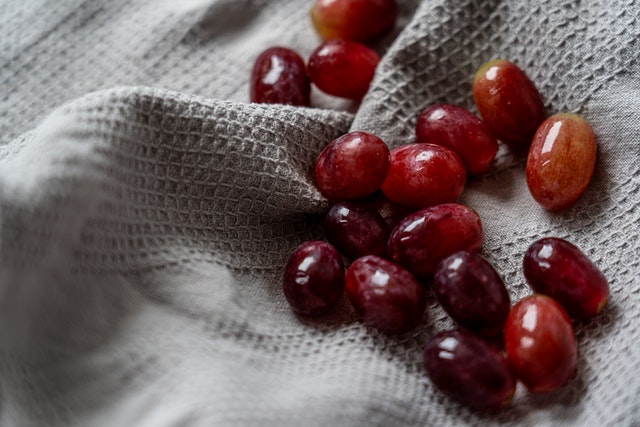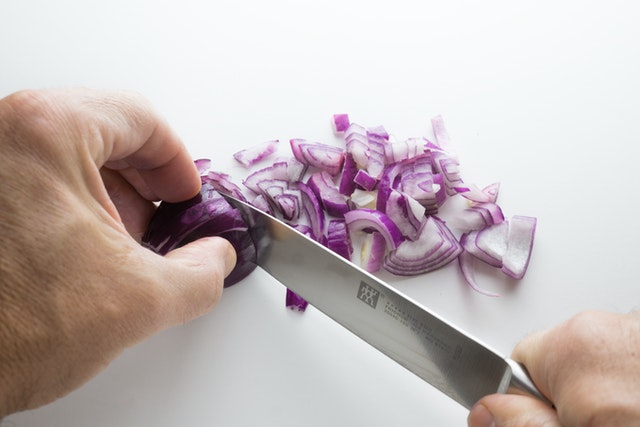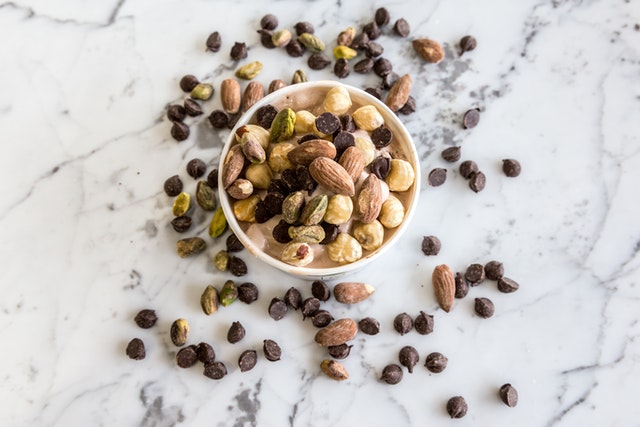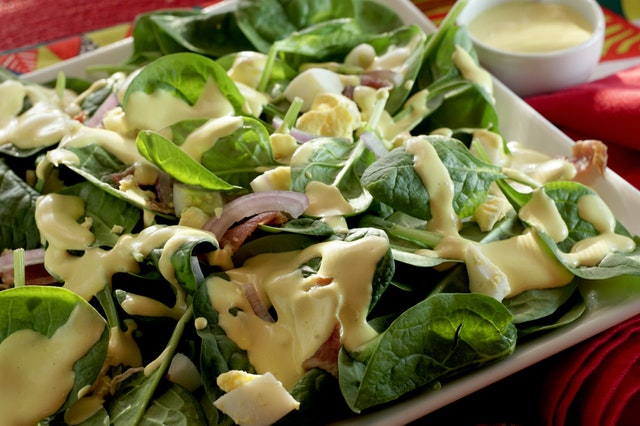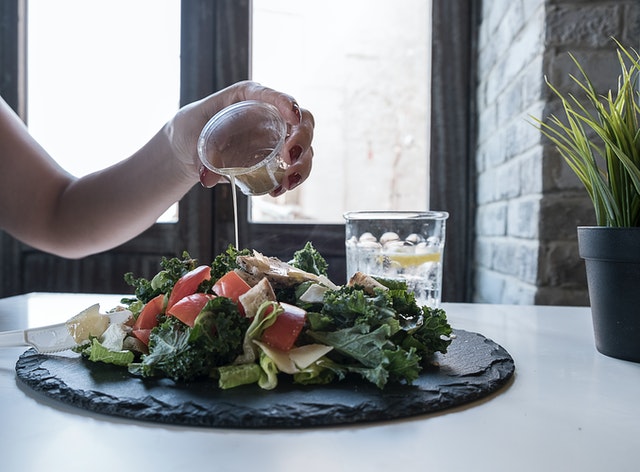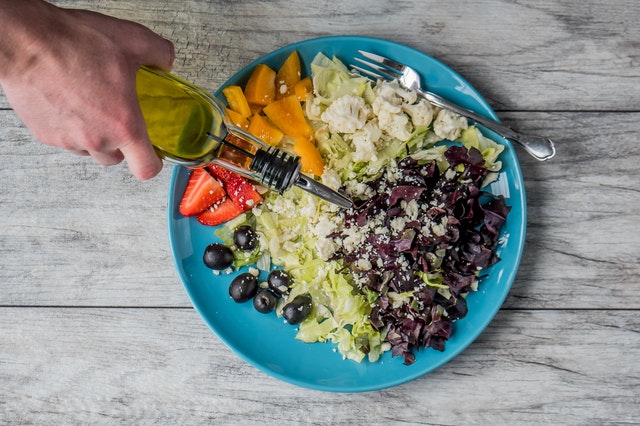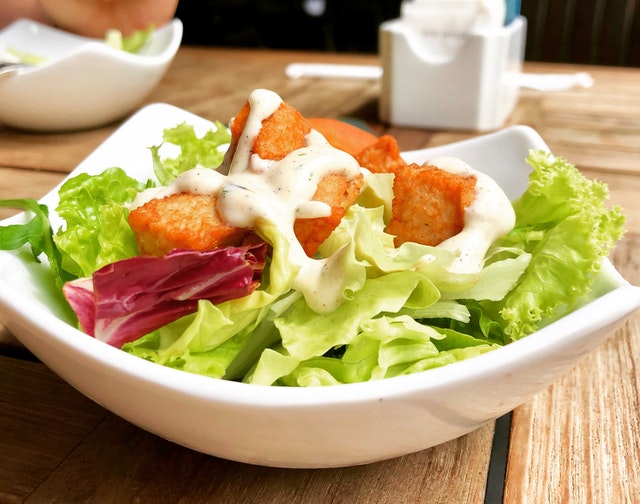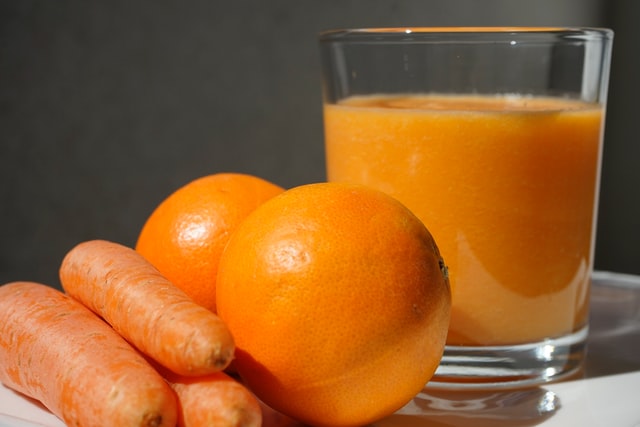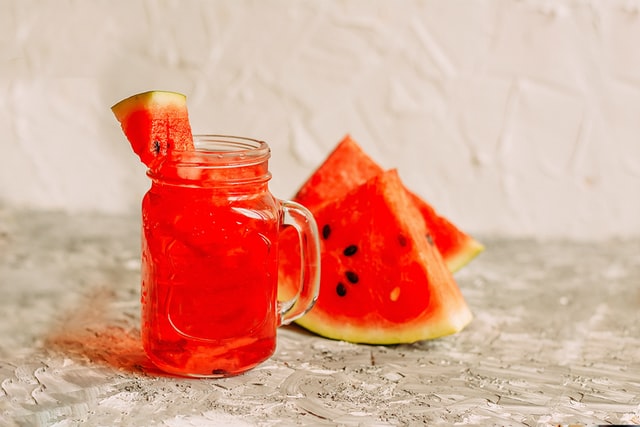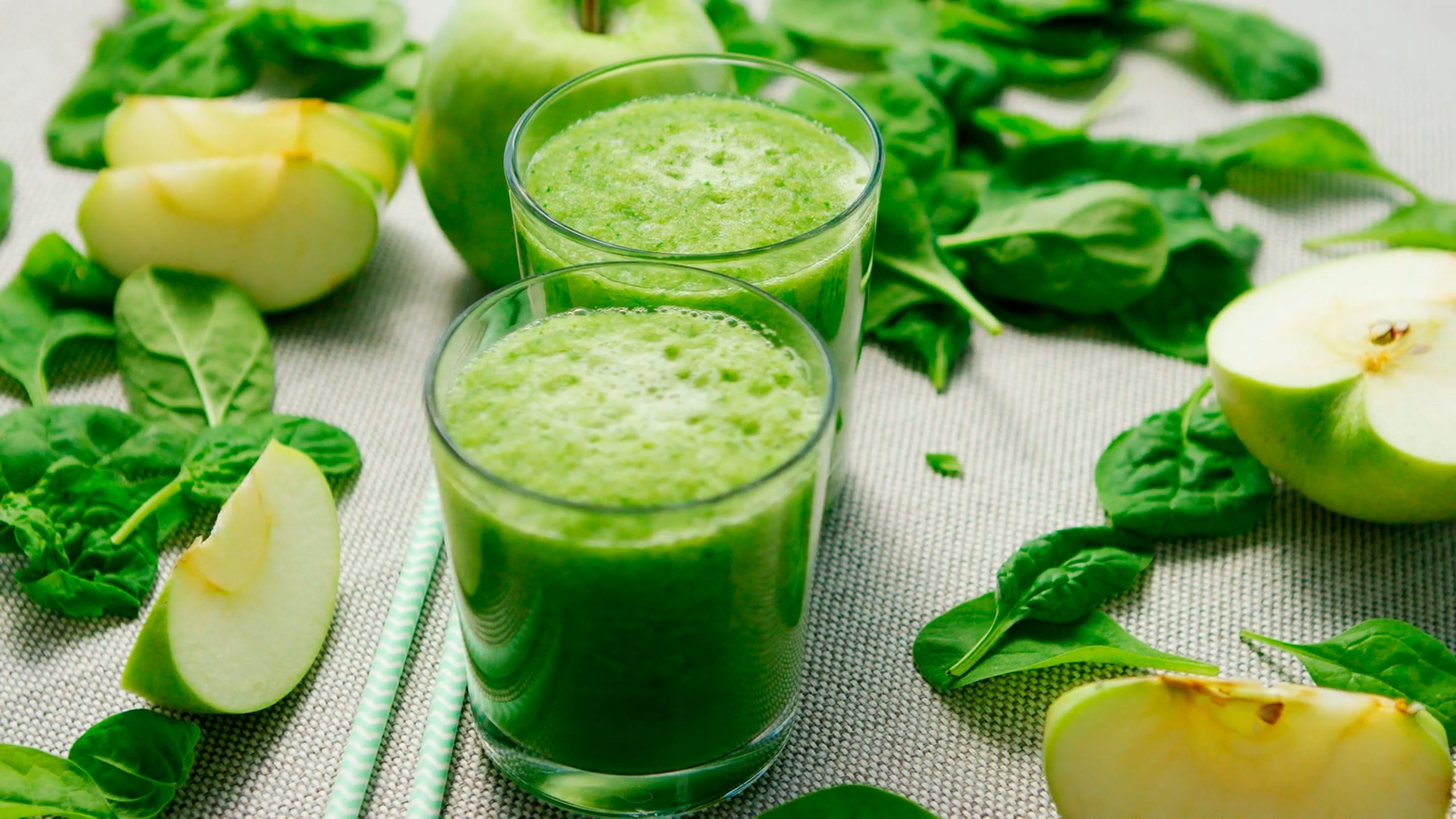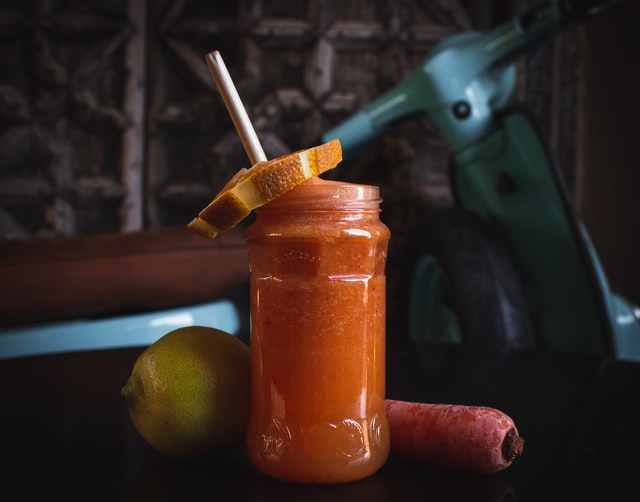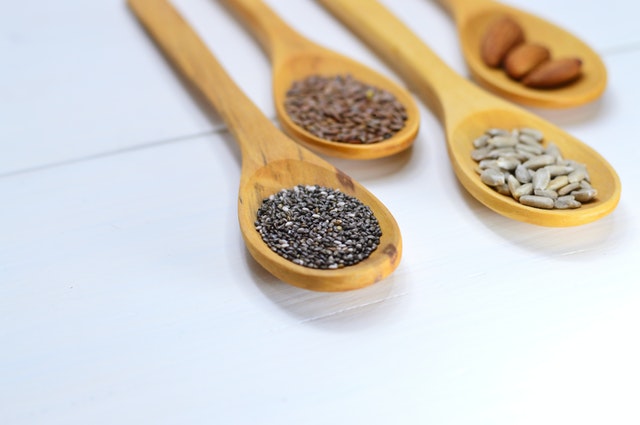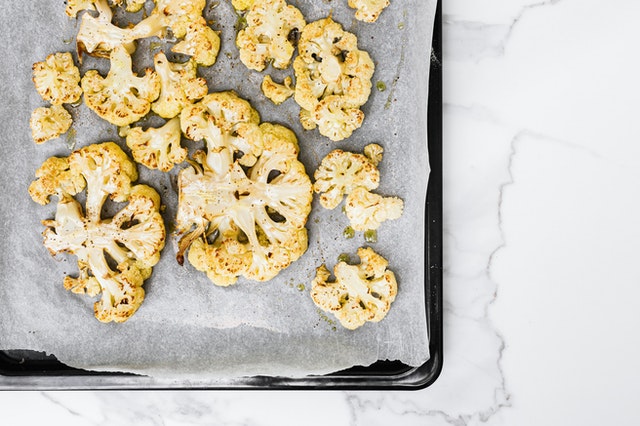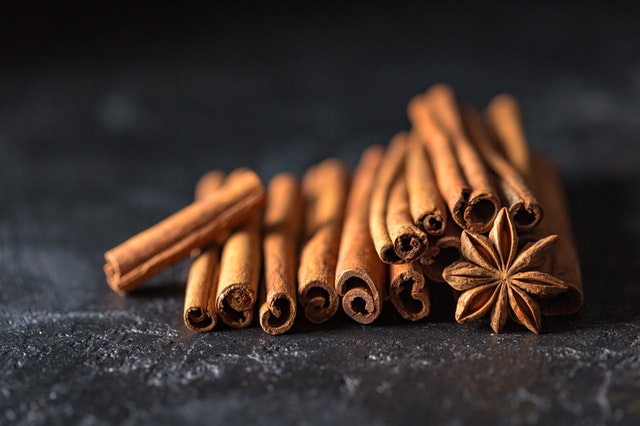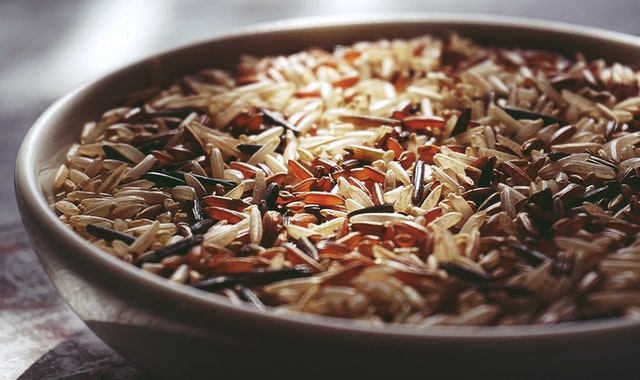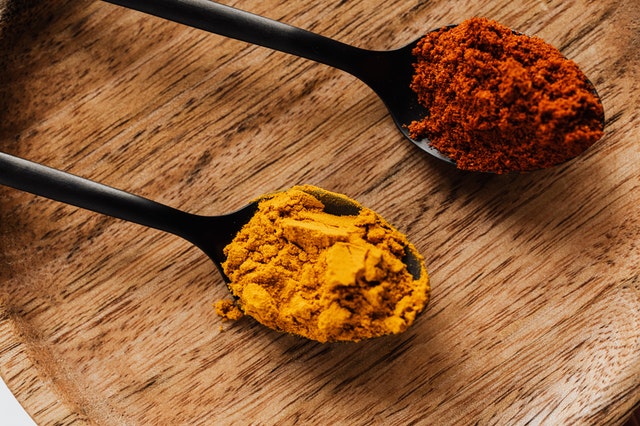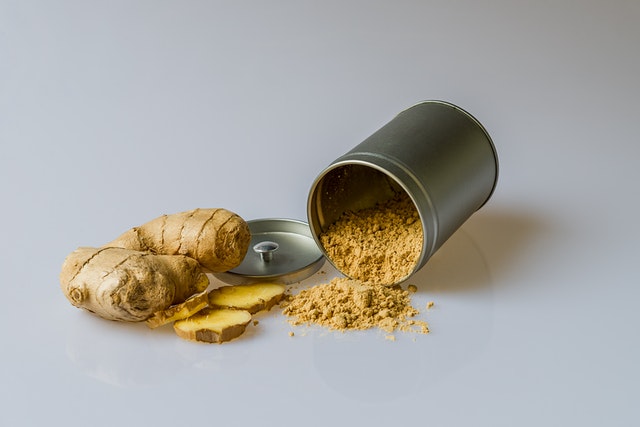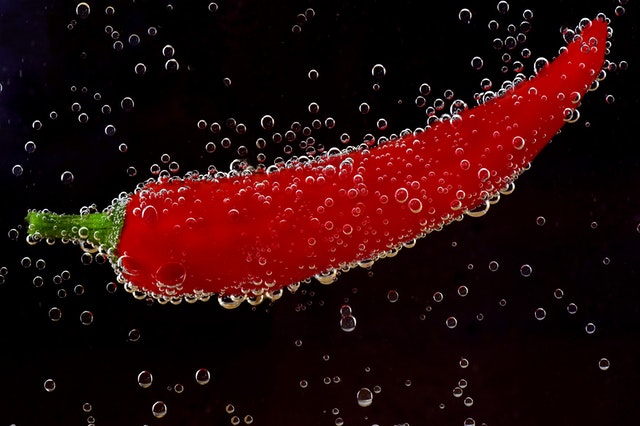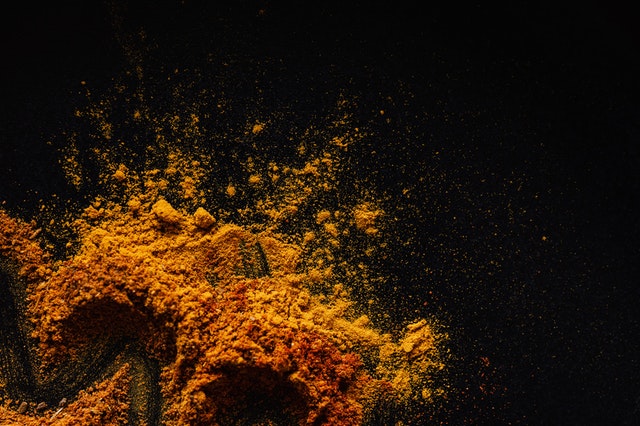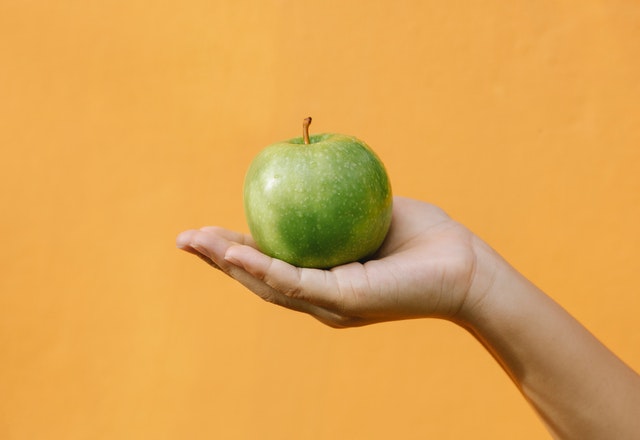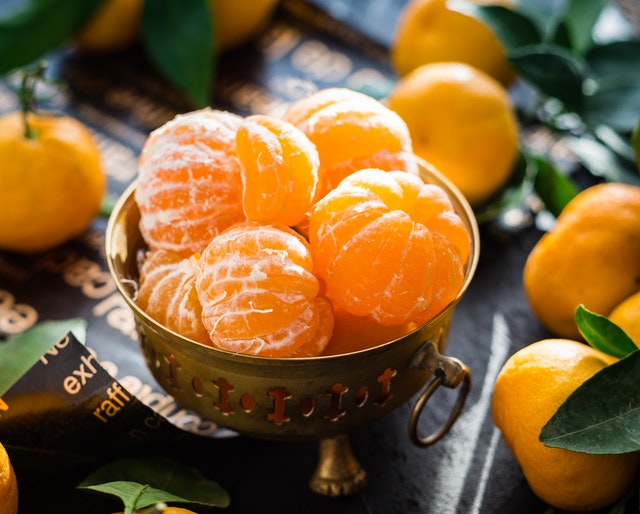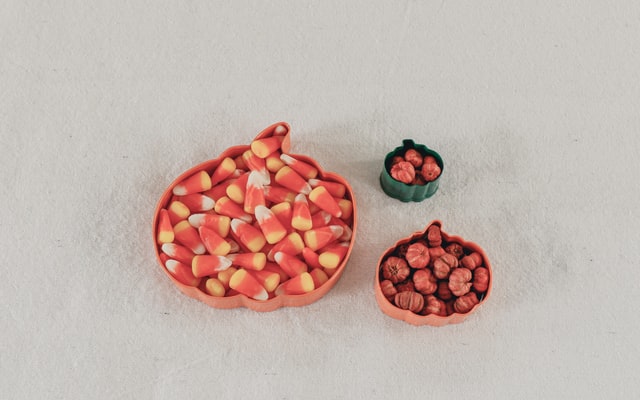We may not be able to stop aging, but what we can control is how we age. Eating a variety of delicious foods with essential vitamins, powerful antioxidants and good fats can support better health whether you’re 25 or 65. What are the best foods for feeling great at any age?
1. Carrots, Sweet Potatoes & Tomatoes: Smooth Skin
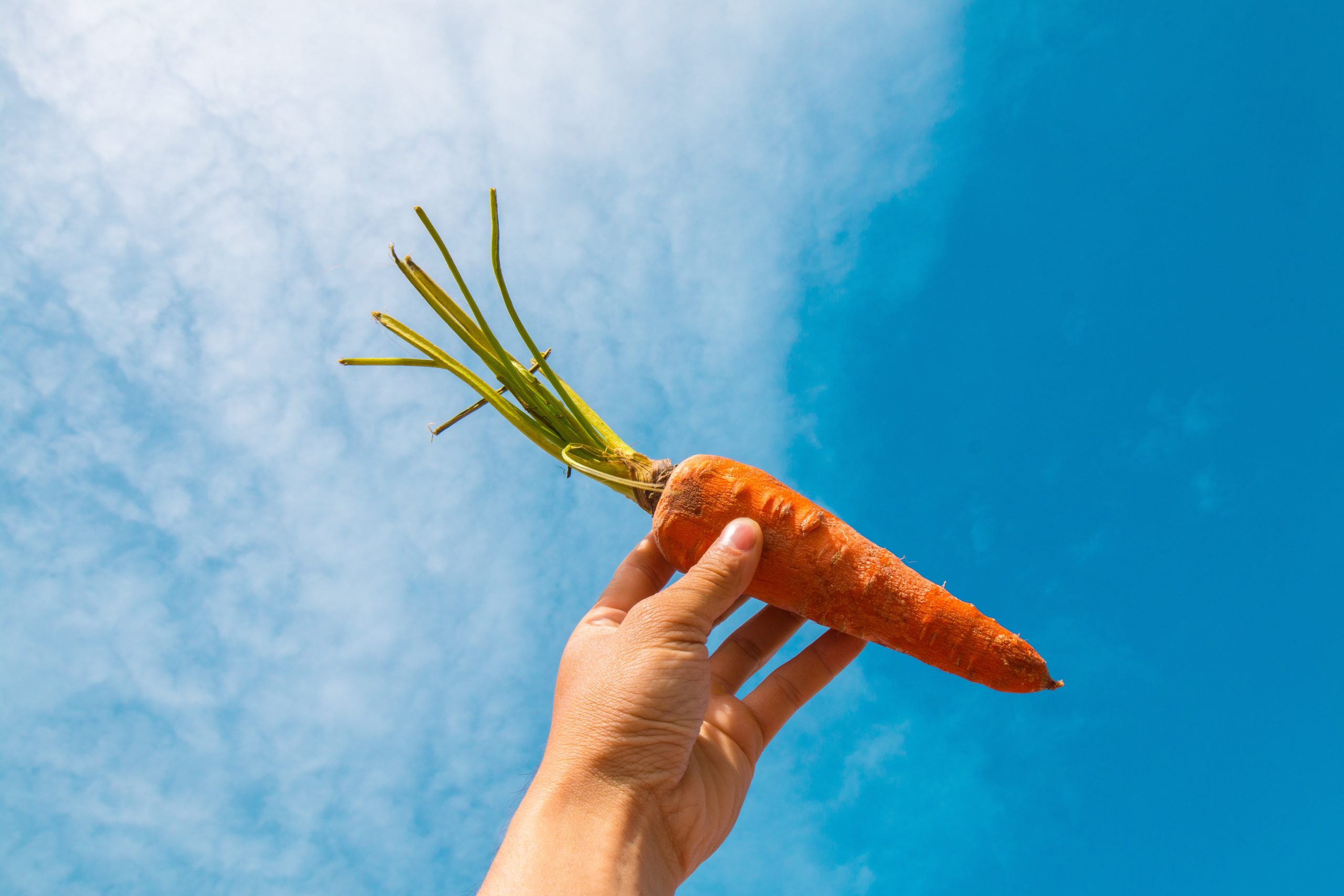
Carrots, sweet potatoes and tomatoes may all look different, but they have something important in common: antioxidant vitamins called carotenoids. These nutrients are essential for youthful skin.
Cooked or fresh, these colorful veggies help protect your skin against harmful UV rays and premature signs of aging skin. That way you don’t have as many wrinkles or “crow’s feet” around the eyes.
2. Extra Virgin Olive Oil (EVOO): Overall Health
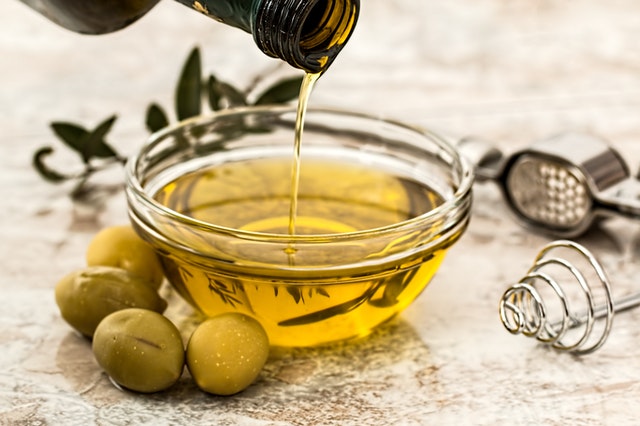
When you think of Italy and other places in the Mediterranean, images of extra virgin olive oil drizzled over salads and pasta probably come to mind. It’s no surprise that the average life expectancy for many places in Europe is over 80 years.
Why is EVOO so good for aging in style? This delicious oil can lower your risk of countless health problems:
- Heart disease
- Type 2 diabetes
- Metabolic syndrome
- Some cancers
Even doctors encourage people to eat lots of EVOO. It's rich in healthy fats that protect your heart.
3. Fatty Fish: A Happy Mind and Body
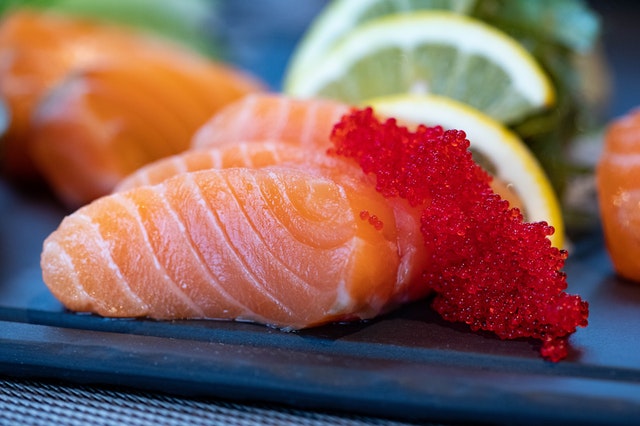
The people of Iceland also live a long time. The island's entire population has an average life span of about 82 years. Their diet probably plays a big part. Icelandic dishes feature a lot of fresh fish, veggies and wild berries.
Salmon, tuna, trout, sardines, herring and mackerel are more than tasty. They’re full of omega-3 fatty acids — healthy fats that help your heart, nervous system and other organs.
Omega-3s are phenomenal for fighting inflammation and stiffness. Including more fatty fish on the menu can even help your mood, chasing away depression and giving you feelings of calm.
4. Blueberries: Wrinkle Defense
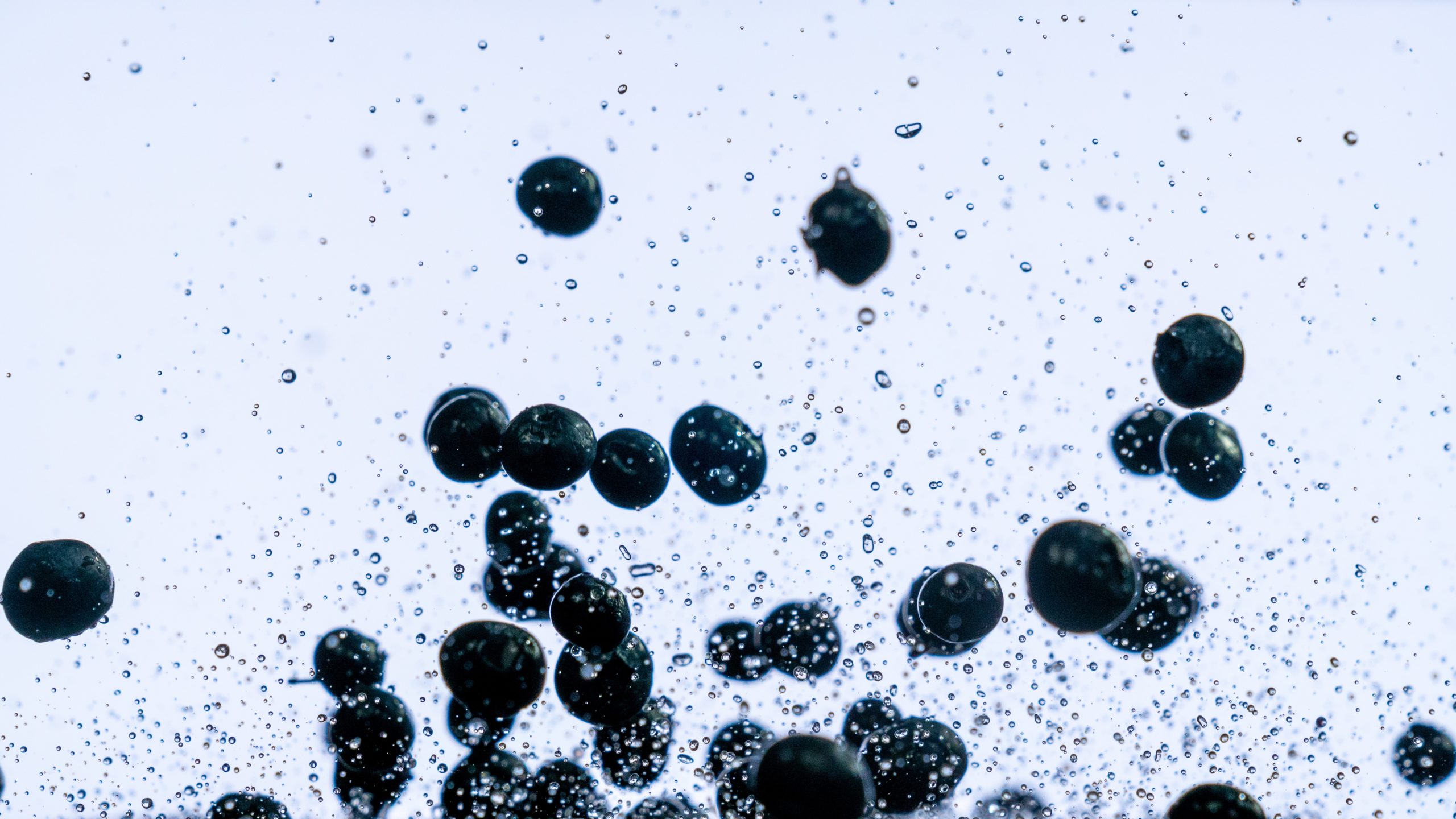
Raspberries, blueberries, cranberries and other red berries have a high level of antioxidants for protecting your cells. These tangy berries support aging in a big way by slowing down the amount of collagen you lose over time. You can enjoy healthier, more elastic skin and stronger joints.
5. Papaya: A Healthy Gut
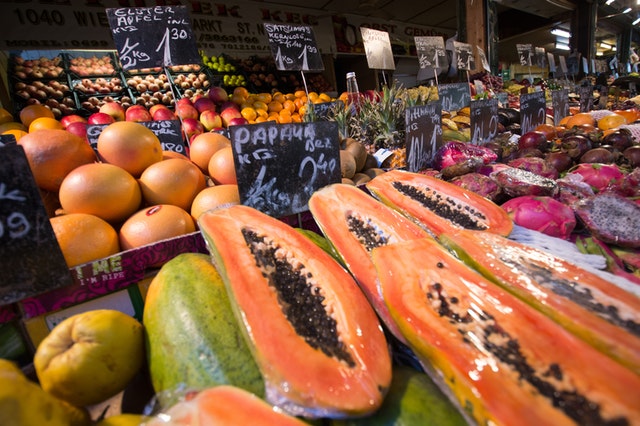
When your gut is happy, you’re happy. You feel more comfortable and get more benefits from the foods you eat. Take good care of your digestive system with fresh papaya.
This tropical fruit helps with gut troubles such as bloating, heartburn and constipation naturally. Just half a papaya has a whopping 30% of the total fiber you need in a day.
One special enzyme in papaya, called papain, is so good at alleviating stomach upset that it’s included in many over-the-counter products. You won’t believe how fast tummy inflammation goes away.
6. Red and Yellow Peppers: Sharp Eyesight
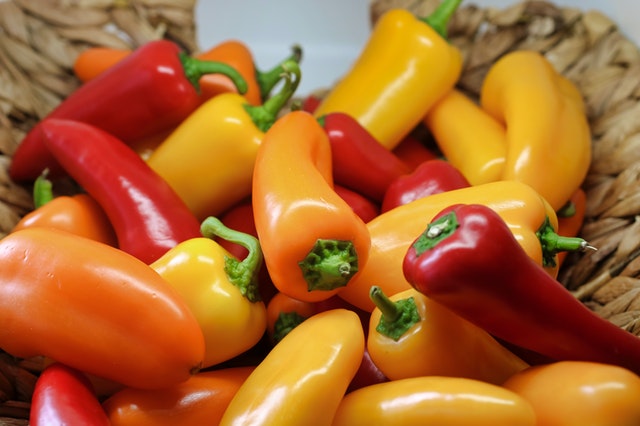
You probably already know that vitamin C is a super-vitamin for aging, but what you may not know are the best places to get it. Juicy citrus fruits are good sources of vitamin C, but red and yellow bell peppers have even more — over 150% of your daily needs!
When you get lots of vitamin C, it lowers your risk of cataracts and other age-related eye problems. You can take great care of those lovely peepers and enjoy tastier meals at the same time!











